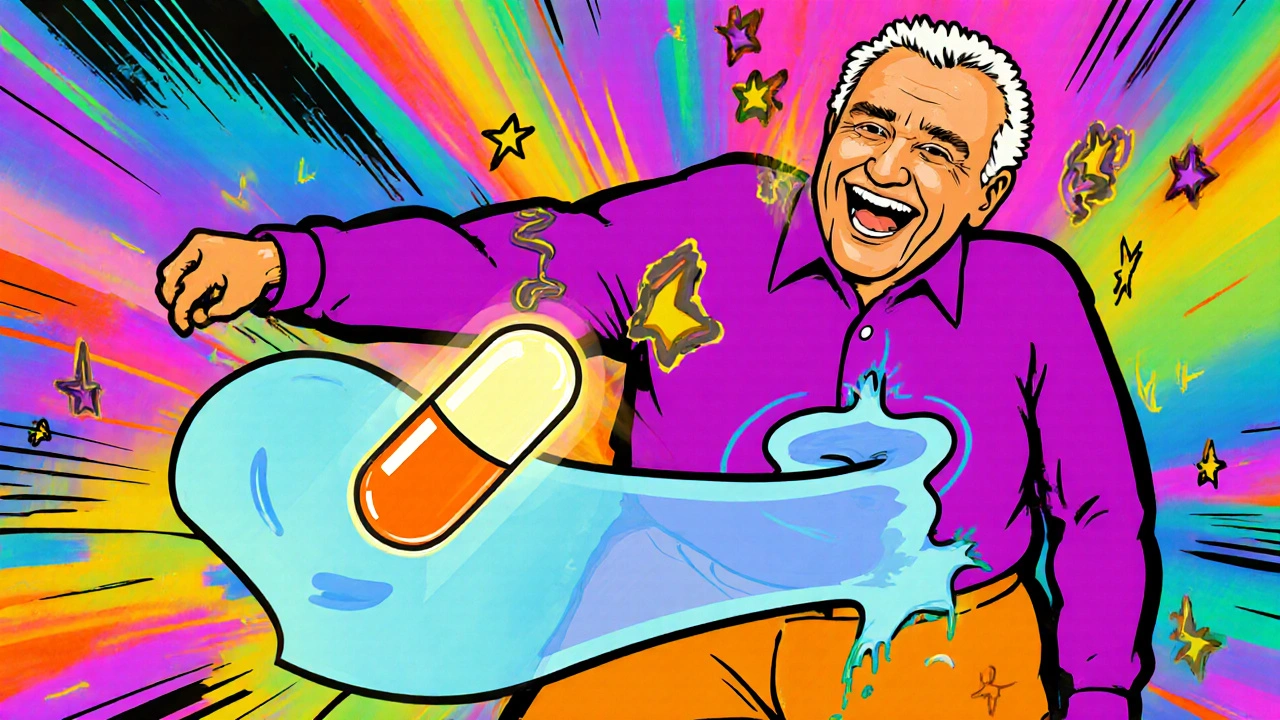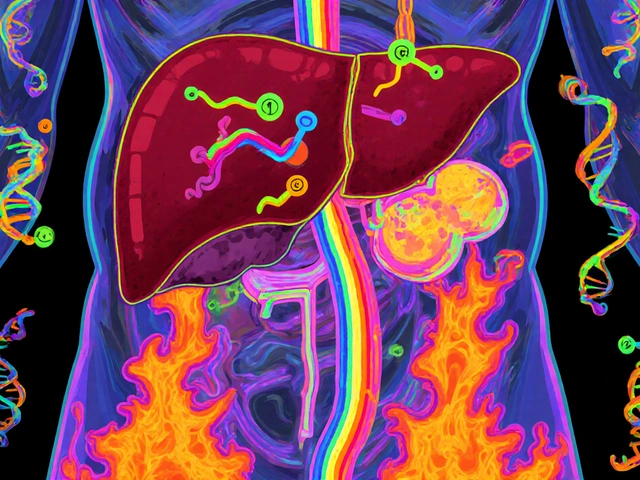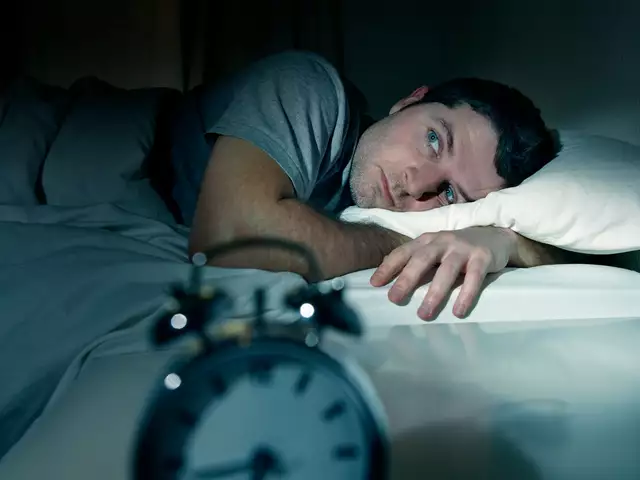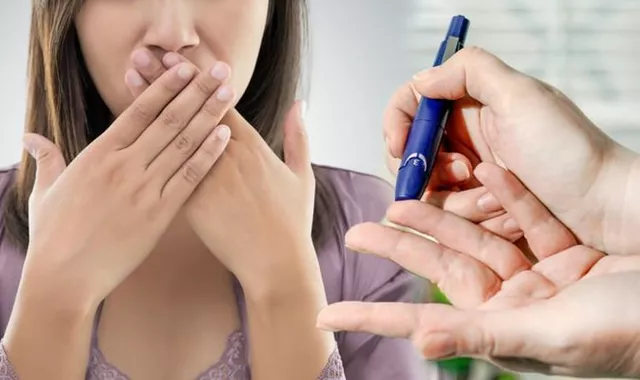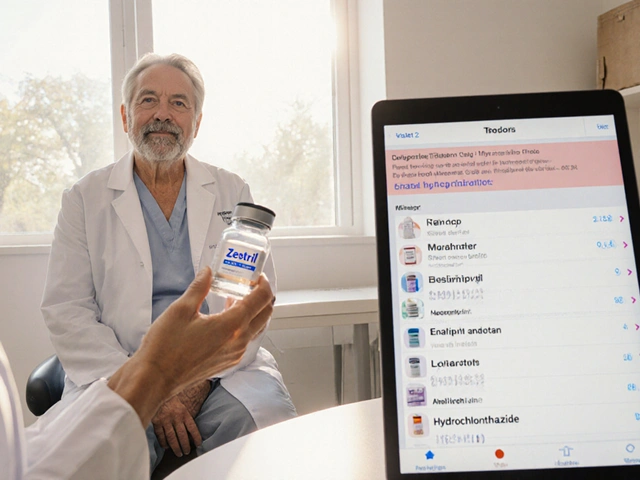Bladder Antispasmodic: What They Are, How They Work, and What Alternatives Exist
When your bladder feels like it’s in overdrive—sudden urges, frequent trips to the bathroom, or even leaks—you’re not alone. A bladder antispasmodic, a type of medication that relaxes the bladder muscle to reduce involuntary contractions. Also known as anticholinergics, these drugs target the nerves that tell your bladder to squeeze when it shouldn’t. They’re often the first line of treatment for overactive bladder, a condition where the bladder contracts too often, even when it’s not full, especially when lifestyle changes alone don’t cut it.
Common bladder antispasmodic drugs include oxybutynin, tolterodine, solifenacin, and darifenacin. Each works slightly differently, but all aim to quiet the bladder’s overactive signals. Oxybutynin, for example, acts fast but can cause dry mouth or constipation. Tolterodine is often better tolerated, while solifenacin lasts longer, meaning fewer daily doses. These aren’t painkillers—they don’t numb anything. Instead, they block the chemical messengers that trigger sudden bladder spasms. People often mix them up with pain meds or antibiotics, but that’s not how they work. If you’ve tried drinking less water or cutting caffeine and still feel rushed to the bathroom, a bladder antispasmodic might be the missing piece.
Not everyone responds the same way. Some people get relief with low doses. Others need to try two or three before finding one that fits. Side effects like dry eyes, constipation, or dizziness are common, which is why some switch to non-drug options. Pelvic floor therapy, bladder training, or even nerve stimulation devices are alternatives that work for many. And while these drugs are widely prescribed, they’re not always the best long-term solution—especially for older adults or those with other health issues. That’s why the posts below cover real comparisons: how bladder antispasmodics stack up against other treatments, what side effects to watch for, and how to tell if it’s working—or if it’s time to try something else.
Below, you’ll find practical breakdowns of specific medications, how they compare to alternatives, and what real users have experienced. No fluff. Just clear info on what helps, what doesn’t, and how to make smarter choices for your bladder health.
Flavoxate for Urinary Incontinence: Effective Non‑Surgical Treatment
Explore how flavoxate works as a non‑surgical treatment for urinary incontinence, covering dosage, effectiveness, side effects, comparisons, and practical tips.

